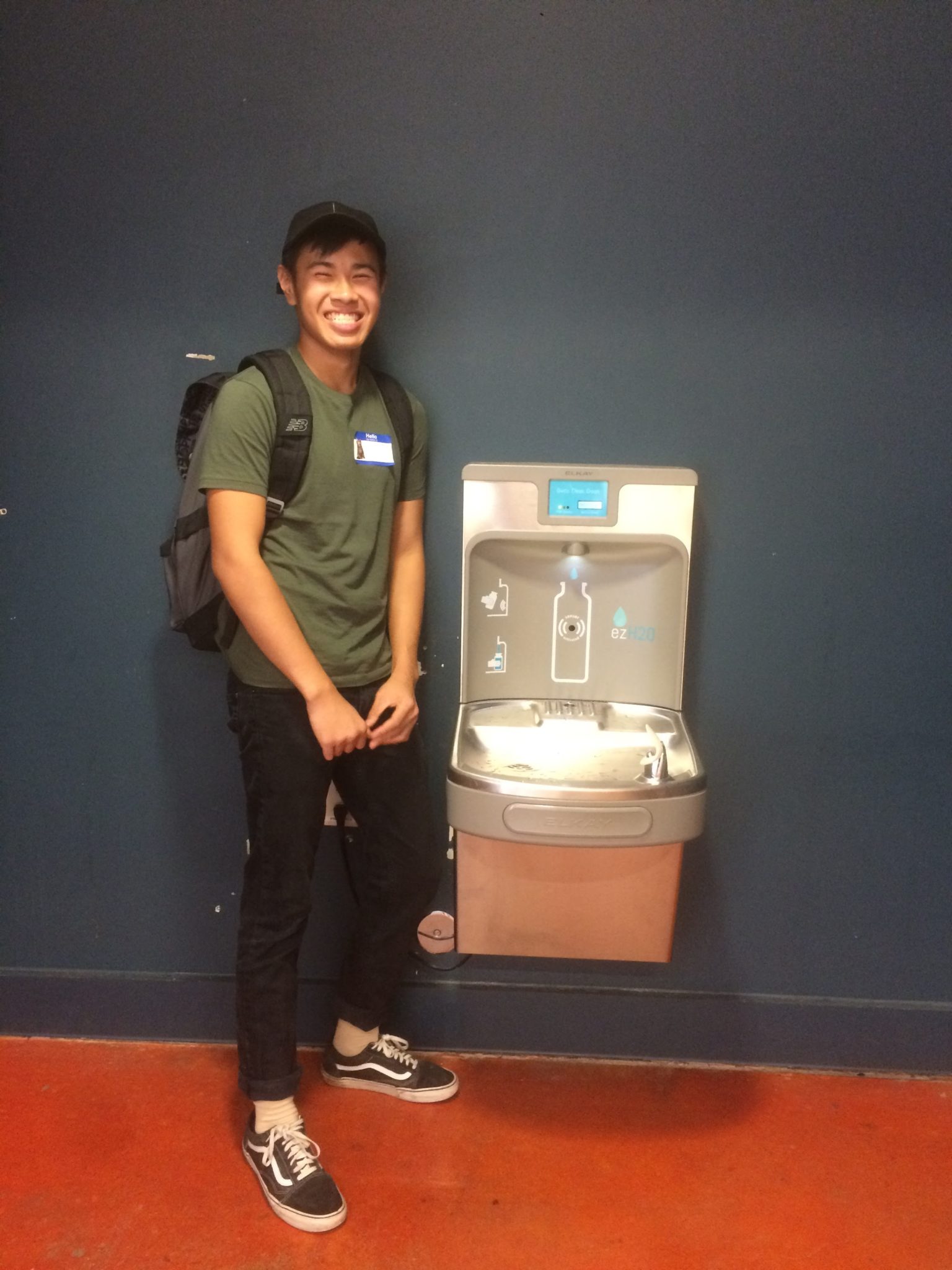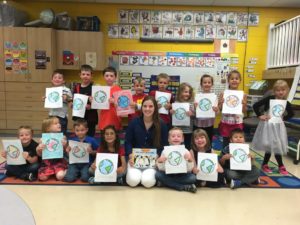2017 Sacramento, California, USA


MET Sacramento High School student Noah Crockett has a passion for entomology and a specific interest in pollinators. Over the past years, he has been interning at the UC Davis Bohart Museum of Entomology and has learned a great deal about the threats to pollinators. Crockett’s project this year focused on providing nest sites for two specific native pollinators, the Mason Bee and Leafcutter Bee (family: Megachilidae). While these bees do not produce honey they are still beneficial for gardens; they are amongst the most productive pollinators and are able to access much smaller flowers than honeybees and bumblebees. Crockett built a dozen bee boxes and distributed them to property owners along the American River. He included instructions on how and where to hang the boxes, as well as seeds for spring flowers to provide additional nectar sources for the bees.




 “An underwater litter removal project has never been done in Sturgeon Creek before, and judging by the amount of garbage Westwood students remove from the banks of the creek each year, there is likely a lot of garbage under the surface that needs to be cleaned up. Removing garbage from an aquatic ecosystem such as a stream greatly increases the quality of the habitat for wildlife. Gone are hazards that can cause injury and entanglement for animals. Removing floating and submerged garbage will dramatically increase not only the natural beauty of the park, but also the functionality of the ecosystem.
“An underwater litter removal project has never been done in Sturgeon Creek before, and judging by the amount of garbage Westwood students remove from the banks of the creek each year, there is likely a lot of garbage under the surface that needs to be cleaned up. Removing garbage from an aquatic ecosystem such as a stream greatly increases the quality of the habitat for wildlife. Gone are hazards that can cause injury and entanglement for animals. Removing floating and submerged garbage will dramatically increase not only the natural beauty of the park, but also the functionality of the ecosystem. 2017, Trenton, Ontario, Canada
2017, Trenton, Ontario, Canada
 2017, Campbellford, Ontario, Canada
2017, Campbellford, Ontario, Canada



